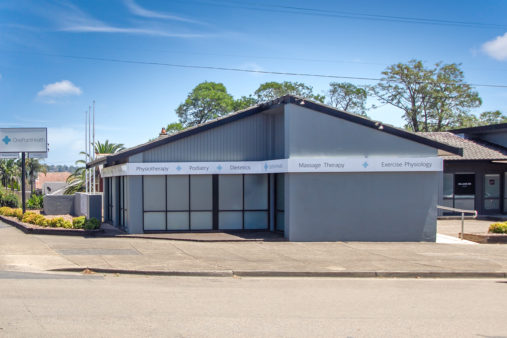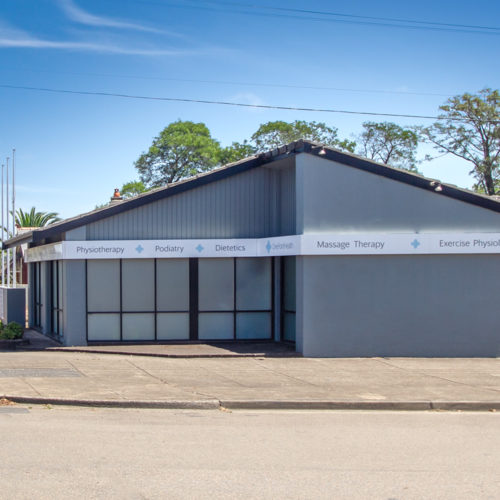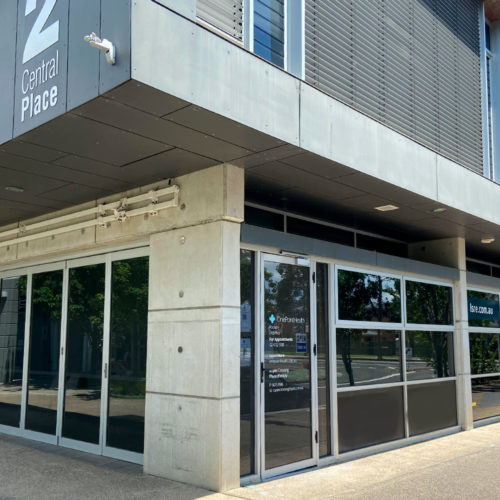Hamstring injuries – are the most common injury for athletes/active people in running sports. The risk of hamstring injuries can be minimised with the correct strength and running training. Once injured it is essential to be assessed and treated by a physiotherapist. Using appropriate treatment techniques and a targeted exercise program, our experienced clinicians can help in your recovery, reduce the risk of further injury and enable a safe, time-appropriate return to sport. If rehabilitated appropriately, the risk of future hamstring can be minimised.
Causes of Hamstring Injuries
There are many causes of acute hamstring injuries. The 4 most evidence-based reasons why someone can injure their hamstrings are
- Age of the athlete
- History of previous hamstring injuries
- Weak and short fascicle length
- Insufficient exposure to high-speed running metres
Symptoms of a Hamstring Injury
The symptoms you experience can vary. The severity of the symptoms is not necessarily an indication of how badly you have damaged the muscle. Some of the symptoms you may feel but are not limited to are
- Pain in the back of the thigh over the site of the potential injury
- Stiffness/tightness in the hamstring
- Bruising/swelling
- Difficulty/pain on walking/sitting
- Muscle spasms
- Cramping
Due to the variation in symptoms, it can sometimes be difficult to predict the return to sport timeframe when first assessed.
When to See a Physiotherapist for a Hamstring Injury
Ideally, assessment and proper rehab are essential when you have injured your hamstring.
This is not always possible, however, you should consider seeing a physiotherapist if your hamstring pain persists beyond a few days or if normal activities become limited by the injury. Severe injuries where you have trouble bearing weight on the affected leg also warrant prompt physiotherapy treatment.
Our expert physiotherapists will conduct a thorough assessment to determine the location and severity of the injury. We will also analyse your movement pattern and identify any muscle imbalances, joint restrictions or biomechanical issues that could be contributing to the injury.
Physiotherapy Treatments for Hamstring Injuries
- Differentiation between hamstring structures/or back/nerve involvement through clinical assessment
- Further assessment and diagnosis through imaging such as Ultrasound or MRI if required
- Manual therapy if indicated
- Early loading as tolerated by the patient – prescribed for individuals who need
- Progressive loading aims for long and strong Double leg to single-leg loading
- Graduated exposure to plyometric exercises and agility running
- Gradual exposure to running including high-speed metres when indicated
Preventing Hamstring Re-injury
It is very hard to prevent any injury. However, being aware of risk factors and doing your best to manage or maintain these is the best way to reduce the risk of hamstring re-injury. Some ways you can do this is
- An individualised strength program focusing on long and strong – eccentric loading is essential
- Sports-specific training
- Exposure to the appropriate amount of high-speed metres as required by the individual – both distance and repetitions eg cricket player will sprint the length of the wicket repeated times, or do a longer sprint to the boundary – the individual needs exposure to both
- Sports specific warm-up including eccentric loading/activation and high speed run-throughs
Conclusion
Hamstring injuries – are the most common injury for athletes/active people in running sports.
The risk of hamstring injuries can be minimised with the correct strength and running training. Once injured it is essential to be assessed and treated by a physiotherapist.
Our expert clinicians can best direct you to the cause of your injury, and the recovery techniques needed to rehabilitate you properly. Using appropriate treatment techniques and a targeted exercise program, we can help you return to the demands of everyday life or get you back to the sporting field in the shortest possible time. If rehabilitated appropriately, the risk of future hamstring can be minimised.
It is essential to remember that no injuries are preventable. But science tells us we can best prepare to both avoid hamstring injuries as well as avoid re-injury. If in doubt, book a physiotherapy appointment for hamstring assessment, prehab or treatment.












